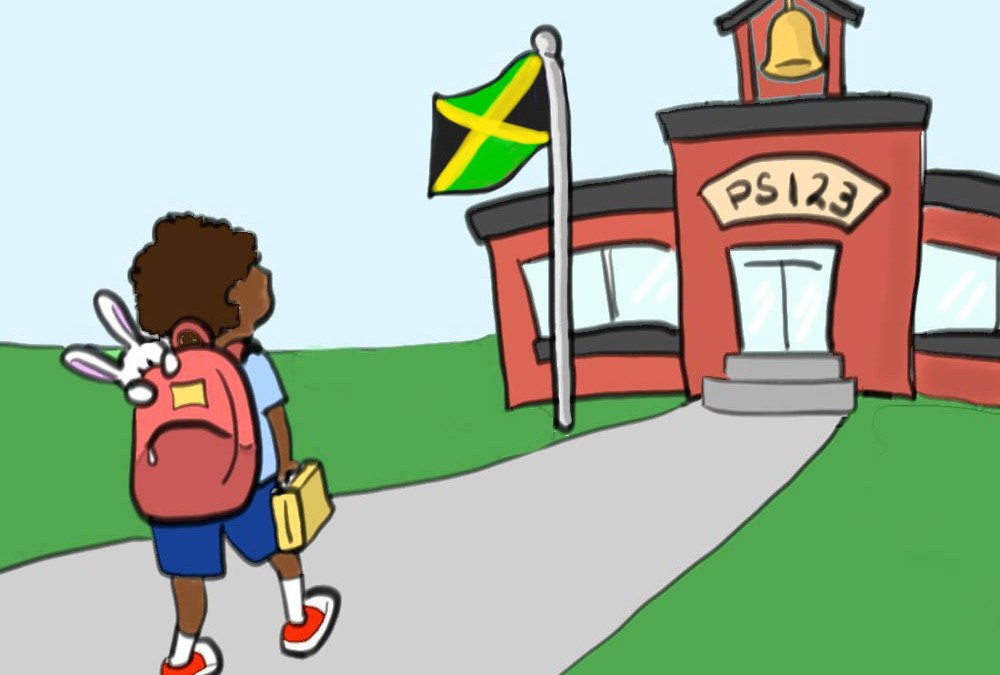
SLAM Bunny Goes to School Cards – Jamaica
This set of language elicitation cards and questions was designed as a tool to be used in assessing language for preschool and elementary school aged children.

This set of language elicitation cards and questions was designed as a tool to be used in assessing language for preschool and elementary school aged children.

This set of language elicitation cards and questions was designed as a tool to be used in assessing language for preschool and elementary school aged children.
This article was one of the first to investigate nonword repetition as dynamic assessment. It also highlighted its importance as a less biased measure of language impairment for individuals from culturally and linguistically diverse backgrounds.
This document contains the nonword tasks first developed by Dollaghan & Campbell (1998) as part of assessment that is less biased towards diverse populations.
Parts of the CELF-5 can be used to probe for information and language samples, but its limitations prevent it from being used to identify disorder or disability.
The CELF-4 is a standardized test designed to assess the presence of a language disorder or delay in Spanish speaking children which should be used to probe for information and not to identify a disorder or disability.
The CELF-P2 is designed to assess the presence of a language disorder or delay in Spanish speaking students and only be used to probe for information and not to identify a disorder or disability.
While using they Bayley III, scores should not be calculated or used to diagnose speech and/or language delay/disorder or to determine special education services.
The PLS-5 is designed for use with children aged birth through 7;11 to assess language development and only be used to probe for information and not to identify a disorder or disability.
The PLS-5 Spanish is designed to determine the presence and severity of a receptive, expressive, or receptive-expressive language delay or disorder and only be used to probe for information and not to identify a disorder or disability.